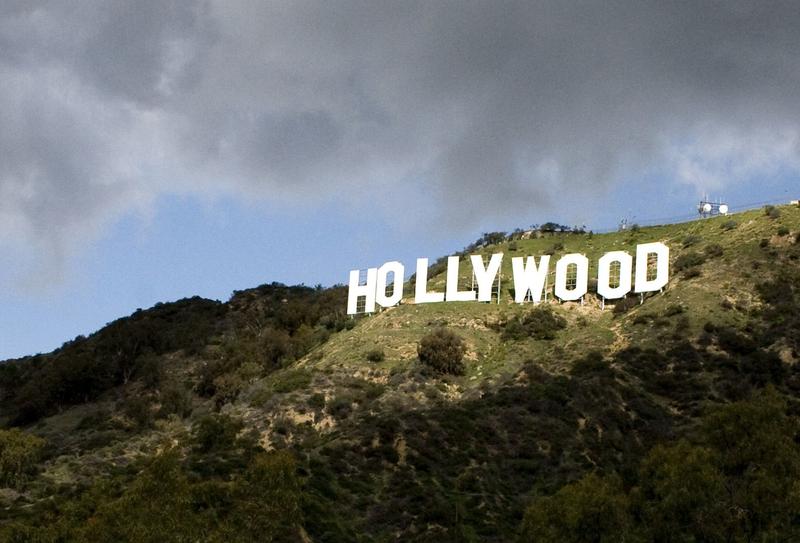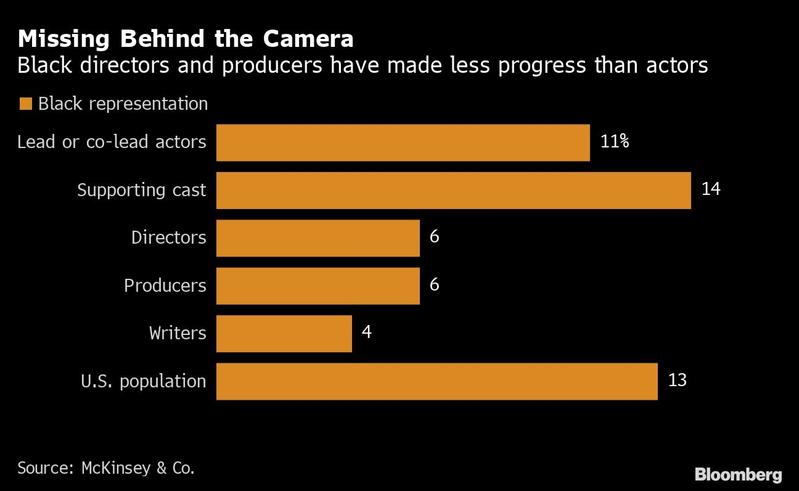 This undated photo shows the Hollywood sign in Hollywood, California, USA. (ARMANDO ARORIZO / BLOOMBERG)
This undated photo shows the Hollywood sign in Hollywood, California, USA. (ARMANDO ARORIZO / BLOOMBERG)
Black talent is underrepresented across the film and television industry, and it’s costing Hollywood billions.
Films with two or more Black professionals in off-screen creative roles - like producer or director - receive budgets that are more than 40% lower than other movies, McKinsey found
So says McKinsey & Co, which found that consumers might spend as much as US$10 billion more, or an additional 7 percent, if film and TV projects were more racially diverse. Black-led projects have been underfunded and undervalued, despite often providing a better return on investment, the consulting firm said in a report Thursday.
“Executives should aspire for even higher upside as audiences become more diverse and the growth in demand for diverse content far outstrips supply growth,” according to the report.
Hollywood studios have for years produced films and shows that disproportionately cast White men. Netflix Inc, the world’s biggest streaming service, is making some headway at diversifying Hollywood, but it’s still got a ways to go, particularly behind the camera. And the Hollywood Foreign Press Association, which puts on the TV awards show the Golden Globes, has been criticized for its lack of diversity.
Some progress has been made across Hollywood in recent years in terms of diversity in on-screen talent. But the prominence of some high-profile films and TV shows with Black leads doesn’t change the fact that Black talent is still largely underrepresented, according to the research.
ALSO READ: Diversity-focused academy program boosts Hollywood dreamers

Films with two or more Black professionals in off-screen creative roles - like producer or director - receive budgets that are more than 40 percent lower than other movies, McKinsey found. But those projects make 10 percent more in box-office revenue per dollar invested in distributing and advertising than films with one or no Black creative professionals. Only 6 percent of films have a Black director.
The US$10 billion bump calculated by the researchers used a baseline of US$148 billion - a number that includes global theatrical box office as well as US streaming and TV services, but excludes sports and unscripted programs.
The report, co-written by Jonathan Dunn, Sheldon Lyn, Nony Onyeador and Ammanuel Zegeye, analyzed data and conducted interviews with dozens of film and TV professionals. The authors collaborated with the BlackLight Collective, a group of Black leaders in film and TV.
“When the on-screen and off-screen representation of Black talent matches the share of Black Americans, and when the industry succeeds in dismantling the ubiquitous workplace barriers preventing Black creators from telling a range of stories, viewers of all races will gain access to the many different products of Black creative expression,” the researchers said.



